CSIR NET Mathematics Mock Test - 8 - CSIR NET Mathematics MCQ
30 Questions MCQ Test CSIR NET Mathematics Mock Test Series - CSIR NET Mathematics Mock Test - 8
Which of the following steps are required to design a questionnaire?
1. Writing primary and secondary aims of the study.
2. Review of the current literature.
3. Prepare a draft of questionnaire.
4. Revision of the draft.
Select the correct answer from the codes given below:
Company 'x' manufactures watches. The manufacturing cost is 40%, tax is 10% and 50% is their profit. If the manufacturing cost increases by 10% and tax by 1%, then the cost of watch has to be increased by 82 rupees to get the same profit amount. What is the amount of profit they can make per piece of watch?
Directions: What will come in place of the question mark (?) in the following number series?
8, 27, 141, 996, ?
Directions: What will come in place of the question mark (?) in the following number series?
6, 42, 163, 419, ?
Pointing to a gentleman, Radhika said, "His only brother is the father of my son’s father." How is the gentleman related to Radhika?
Kalpana drives 10 km towards South, takes a right turn and drives 6 Km. She then takes another right turn, drives 10 km and stops. How far is she from the starting point?
A Shopkeeper keeps the marked price of an item 25% above its cost price. The percentage of discount allowed to gain 10% is-
The number of surjective maps from a set of 4 elements to a set of 3 elements is
For any integers  let
let  denote the number of positive integers
denote the number of positive integers  satisfying
satisfying  and
and  Then (December)
Then (December)
The derivative of the function f(x) = sin n x is—
The radius of convergence of the series 1 – x2 + x4 – x6 + …… is—
Let  where
where 
 for some distinct real numbers
for some distinct real numbers  Then det
Then det
 is
is 
Let f : [0, 1] → [0, 1] be any twice differentiable function satisfyingf (ax + (1 – a) y) ≤ af (x) + (1 – a) f (y) for all x, y ∈ [0, 1] and any a ∈ [0, 1]. Then for all x ∈ (0, 1)—
If 〈 fn 〉 is an equicontinuous sequence of mappings from a metric space X to a complete metric space Y. If the sequences 〈 fn(x)〉 converge for each point x of a dense subset D of X,
Let {an}n ≥ 1 be a sequence of positive numbers such that a1 > a2 > a3 > … Then which of the following is/are always true ?








 and
and 
 becomes,
becomes, 













 Last digit
Last digit  is 8
is 8 and
and  then
then



 n
n  be positive integer such that ged
be positive integer such that ged  for
for  . Then the system of linear congruences
. Then the system of linear congruences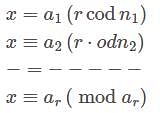

 is
is  and
and  is b (r od 37 ) and
is b (r od 37 ) and 

 gives?
gives?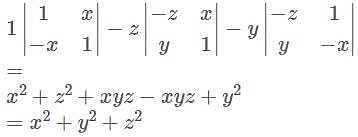
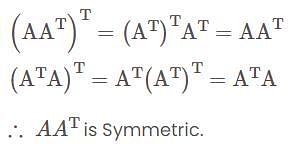
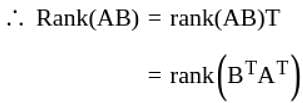





 we have
we have



 is one of the solution
is one of the solution







 Hence
Hence  is a required solution.
is a required solution. then general solution of
then general solution of  is
is







 is a harmonic function then
is a harmonic function then 


 as independent variable
as independent variable and
and 






 is harmonic function. Then
is harmonic function. Then
 then what is the relation of R?
then what is the relation of R? and
and 
 is not reflexive since,
is not reflexive since, 
 so,
so,  belong to
belong to 
 and so,
and so,  is not symmetric
is not symmetric , so
, so  belong to
belong to 
 , so
, so  belong to
belong to 
 so
so  is not transitive
is not transitive
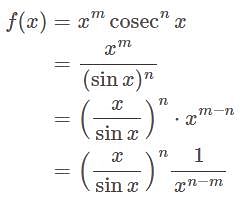

 is a proper integral if
is a proper integral if  , and improper if
, and improper if  being the only point of infinite discontinuity of the integrand in this case.
being the only point of infinite discontinuity of the integrand in this case.




 converges if and only if
converges if and only if  , which also includes the case
, which also includes the case  when the integral is proper.
when the integral is proper. in
in  and
and  we can find an open set
we can find an open set  containing
containing  such that
such that 
 for all
for all  since D is dense, there must be a point
since D is dense, there must be a point  and
and  converges, so it must be a Cauchy sequence, so for
converges, so it must be a Cauchy sequence, so for  we have
we have 



 is a Cauchy sequence and converges by the completeness of Y
is a Cauchy sequence and converges by the completeness of Y . To prove
. To prove  is continuous at
is continuous at let
let  be given. By equicontinuity there is an open set
be given. By equicontinuity there is an open set  containing
containing  such that
such that  for all
for all  and all
and all  in
in 
 in
in  we have
we have and f is continuous at x
and f is continuous at x














